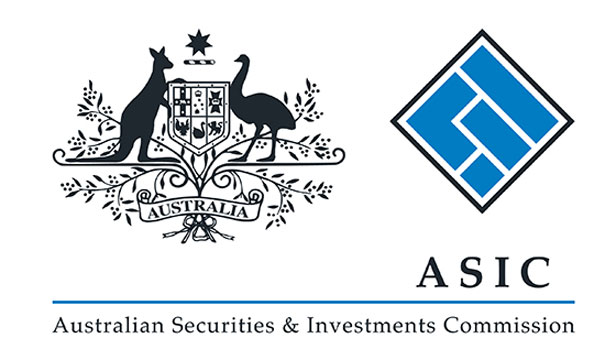ASIC says Citibank has refunded Citibank has refunded around 4,000 current and former customers more than $1 million after misstating the bank’s obligations around unauthorised transactions on customers’ accounts. Separately, Citibank will refund more than $3.3 million to around 39,500 current and former customers for failing to refund customers when credit card accounts were closed with an outstanding credit balance.
Citibank will refund more than $3.3 million to around 39,500 current and former customers for failing to refund customers when credit card accounts were closed with an outstanding credit balance.
Citibank will provide refunds for Citibank, Virgin Money, Bank of Queensland, Suncorp and Card Services branded credit cards and for Citibank Ready Credit loan customers. Citibank is the credit provider for all of these products.
This error occurred on accounts as far back as 1994 but did not happen every time an account was closed.
Citibank is writing to eligible customers to advise that they will receive a refund of the credit balance with interest. Former customers will receive a bank cheque and current customers with an open account will receive a direct credit into their account.
The closed credit card and loan accounts with more than $500 in credit balances, which were not transacted on for seven years (or three years as applicable) have been transferred to ASIC as required under unclaimed money legislation.
Citibank has strengthened its systems so that cheques for credit balances are issued to customers automatically when they close their accounts.
“Customers should be confident that when they close an account, they are refunded any outstanding balance,” ASIC Deputy Chair Peter Kell said.
Mr Kell also said customers may be entitled to claim their balance through ASIC’s MoneySmart website which holds unclaimed money from accounts which have been inactive for a certain period:
“If you think you might be impacted, your money may be with ASIC as unclaimed money. I strongly encourage you to search your name on ASIC’s MoneySmart unclaimed money search.”
Citibank reported the issue to ASIC, and has cooperated with ASIC in resolving the matter.
Background
Citibank (Citigroup Pty Ltd) has commenced writing to all affected customers, and affected customers will be contacted before 30 November 2017.
Citibank has refunded around 4,000 current and former customers more than $1 million after misstating the bank’s obligations around unauthorised transactions on customers’ accounts.
Citibank had refused customers’ requests to investigate unauthorised transactions because it claimed the requests were made outside the time period permitted under the Visa and MasterCard scheme chargeback protections.
Affected customers had made reports to Citibank about ‘card not present’ unauthorised transactions (such as internet transactions), where a payment was made using the credit or debit card number details, rather than the physical card itself.
In letters sent to customers in response to their requests, Citibank incorrectly stated that because the request was made outside the timeframe specified by Visa and MasterCard, it was not required to assess the claim, and that the customer’s only options were to approach the merchant or a fair trading agency.
The letter would likely have misled customers about their protections under the ePayments Code. The ePayments Code provides protections to consumers for unauthorised transactions – these protections are separate to, and not the same as, the protections provided by Visa and MasterCard.
As a result, customers did not have their claims properly considered in accordance with Citibank’s contractual obligations with those customers under the ePayments Code.
To remediate affected consumers:
- Current customers will have their accounts refunded
- Former customers who are owed more than $20 will be sent a bank cheque
- Former customers whose individual amounts were more than $500 and cannot be located will have their funds treated in accordance with unclaimed money requirements
- For former customers owed less than $20, and those who cannot be located with amounts less than $500, an equivalent amount will be donated to charity
If a donation is made and the customer comes forward, Citibank will honour individual refunds.
Citibank has also reviewed its processes to ensure there are no further miscommunications about its obligations under the ePayments Code.
“If an unauthorised payment has been made on their account, customers should be confident that their bank will appropriately investigate the payment. Customers should never be misled about their rights under the Code.” ASIC Deputy Chair Peter Kell said.
“Banks should ensure in all their communications that they are clear and accurate with customers about their consumer rights.”
Citibank’s remediation program covered consumers who may have received the letter between 1 January 2009 to 22 July 2016, and did not have their claim appropriately assessed.










